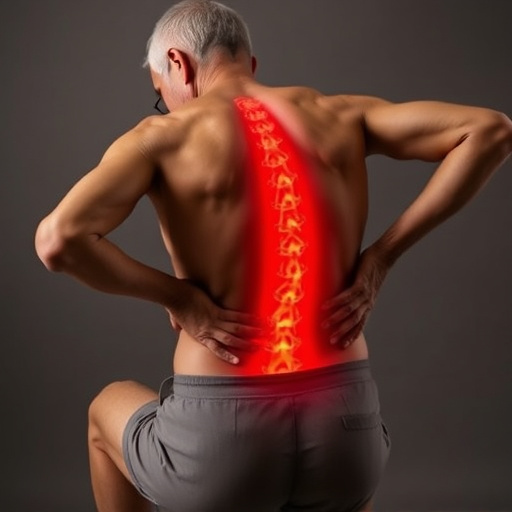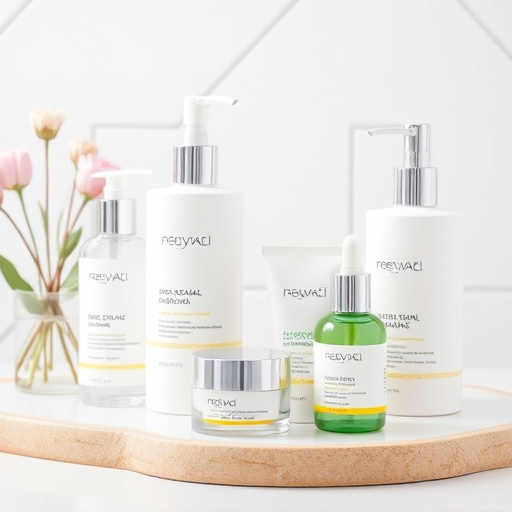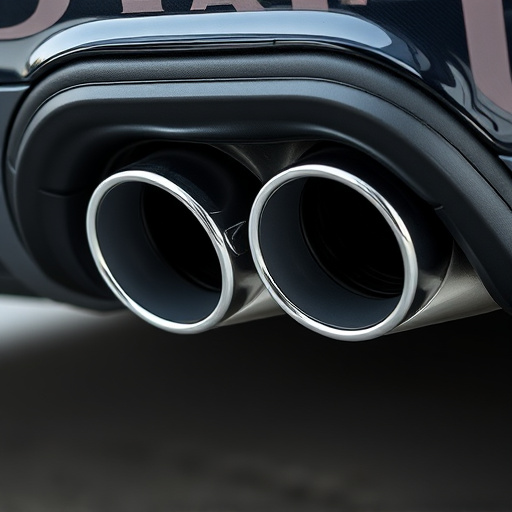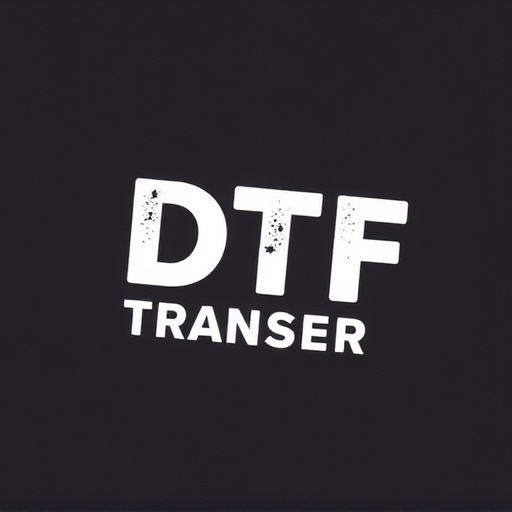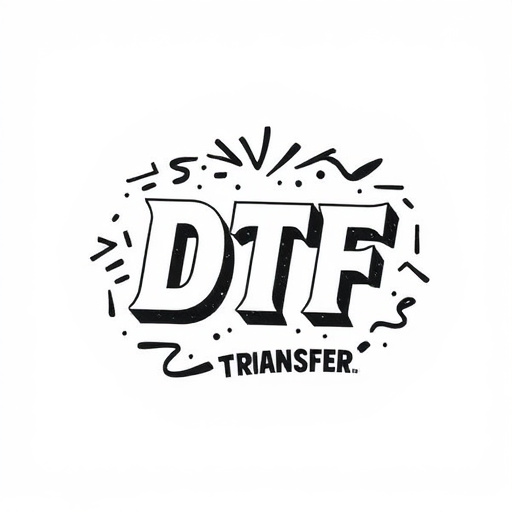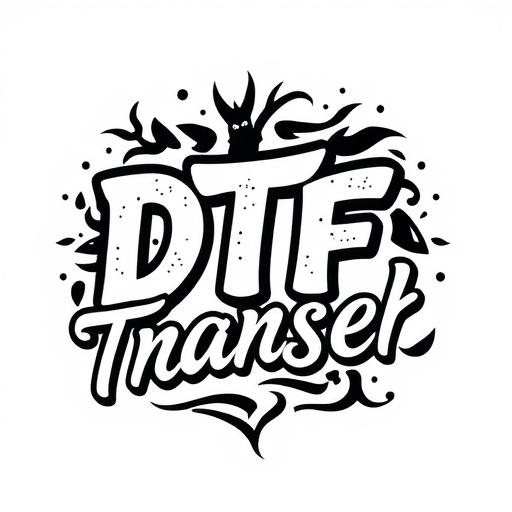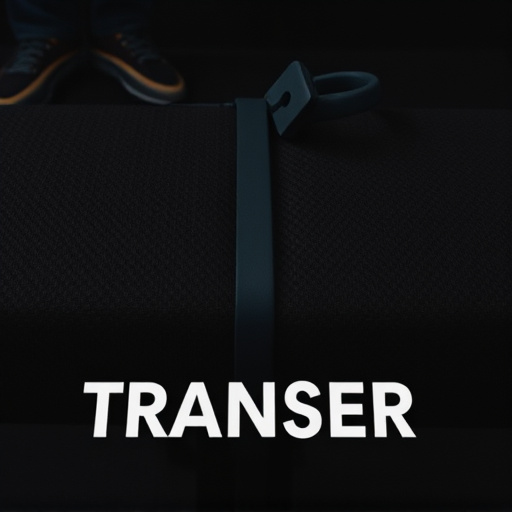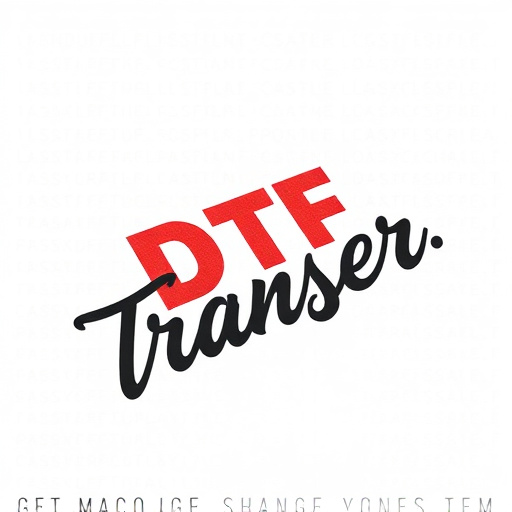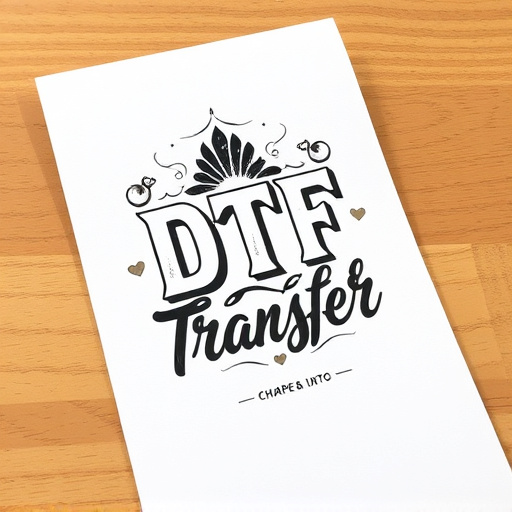Direct-To-Film (DTF) transfer printing is a revolutionary technology offering precise application of heat and pressure to fuse ink into various substrates like fabric, wood, or plastic. Known for high-quality, long-lasting prints with intricate details and vibrant colors, DTF is popular for custom apparel printing due to its versatility and cost-effectiveness in small to medium production runs. Compared to traditional heat transfer vinyl (HTV) methods, DTF can be applied directly to fabric in a single pass, saving time and labor costs. While DTF faces challenges like surface preparation issues and slower production rates for large orders, it excels in creating intricate designs with superior color accuracy, making it a preferred choice for specific applications in apparel, signage, and advertising.
In the realm of printing and customization, Direct-To-Film (DTF) transfer and Heat Transfer Vinyl (HTV) applications offer distinct approaches. This article delves into the comparison between these two methods, providing a comprehensive guide for users seeking the best fit for their projects. From understanding DTF’s seamless digital-to-print process to exploring HTV’s traditional techniques, we weigh the advantages, disadvantages, and real-world applications of each. By considering factors like quality, versatility, and production time, readers can make informed choices between DTF transfer and HTV for their custom printing needs.
- Understanding Direct-To-Film (DTF) Transfer: A Brief Overview
- Heat Transfer Vinyl Applications: The Traditional Method
- Advantages of DTF Transfer Over Heat Transfer Vinyl
- Disadvantages and Limitations of DTF Printing
- Choosing Between DTF Transfer and Heat Transfer Vinyl for Your Project
- Case Studies: Real-World Applications of DTF Prints
Understanding Direct-To-Film (DTF) Transfer: A Brief Overview
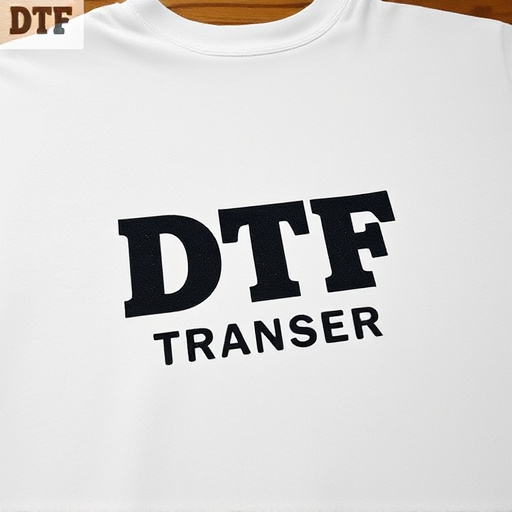
Direct-To-Film (DTF) transfer is a printing technique that has gained significant traction in various industries, offering a unique and efficient approach to applying graphics and designs directly onto materials such as fabric, wood, or plastic. This process involves using specialized equipment to precisely apply heat and pressure, fusing ink particles into the substrate’s surface. DTF Transfer technology has revolutionized custom printing, enabling businesses and individuals to create high-quality, long-lasting DTF prints with intricate details and vibrant colors.
The beauty of DTF lies in its versatility and speed. It allows for complex designs and images to be transferred without the need for physical cutting or vinyl application. This method is particularly popular for custom apparel printing, where designers can quickly produce unique garments with precise artwork placement. Moreover, DTF offers a cost-effective solution for small to medium-sized runs, making it accessible to businesses of all scales aiming to enhance their products with specialized DTF prints.
Heat Transfer Vinyl Applications: The Traditional Method
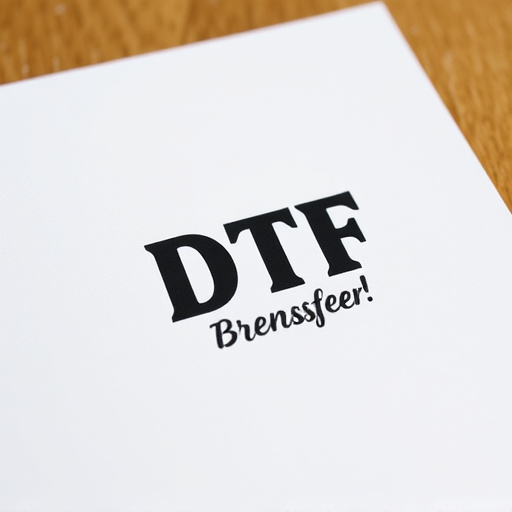
Heat Transfer Vinyl Applications: The Traditional Method
Direct-to-film (DTF) transfer printing has become a popular choice for creating custom designs on various surfaces, from clothing to signage. However, the traditional method using heat transfer vinyl (HTV) remains a stalwart in many industries. In this approach, designs are first created digitally and then cut out as precise templates. These templates are made of heat-sensitive material, typically vinyl, which is pressed onto the desired substrate under high temperature and pressure. This process allows for intricate details and vibrant colors to be transferred, making it suitable for applications like custom apparel, promotional products, and even home decor.
The DTF transfer process starts with printing the design directly onto special paper using DTG (Direct-To-Garment) printers. Once printed, this paper serves as a carrier for the design, which is then carefully transferred to the final medium through heat and pressure. This traditional method offers advantages such as durability, especially when used on fabric or other materials that require frequent washing, and the ability to achieve high-quality prints with fine line details and rich colors.
Advantages of DTF Transfer Over Heat Transfer Vinyl

Direct-to-film (DTF) transfer offers several advantages over heat transfer vinyl in terms of print quality and efficiency. DTF printing directly onto fabric allows for more vibrant and detailed DTF prints, capturing intricate designs and fine lines with remarkable clarity. This method also ensures better color consistency across various fabrics, providing a superior finishing touch for custom apparel and accessories.
Moreover, DTF transfer is a time-saving process. Unlike heat transfer vinyl, which requires multiple steps including cutting, pressing, and curing, DTF can be applied directly to the fabric in a single pass. This streamlines production, reduces labor costs, and enables faster turnaround times, making it an attractive option for businesses aiming to deliver custom products promptly.
Disadvantages and Limitations of DTF Printing
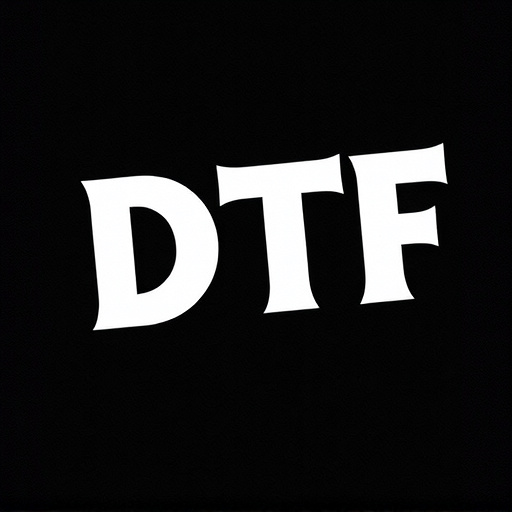
Direct-to-film (DTF) printing, while offering numerous advantages for creating custom designs on various materials, also comes with certain drawbacks and limitations. One significant challenge is the potential for print quality issues. DTF transfers are sensitive to surface preparation; even minor imperfections or contaminants on the substrate can lead to poor print resolution or incomplete transfer of the design. This is especially problematic when applying DTF to rough or porous surfaces, which may cause smudging or fading of the printed image over time.
Additionally, the speed and efficiency of DTF Printing can be limiting. The process involves multiple steps, including film preparation, printing, and heat application, each requiring careful handling and precise timing. In high-demand scenarios, this method might not meet the production rates needed for large-scale orders, making it less appealing for businesses seeking fast turnaround times. Moreover, DTF transfers are generally more expensive than other vinyl application methods due to the specialized equipment and materials required, which can be a significant consideration for budget-conscious enterprises.
Choosing Between DTF Transfer and Heat Transfer Vinyl for Your Project
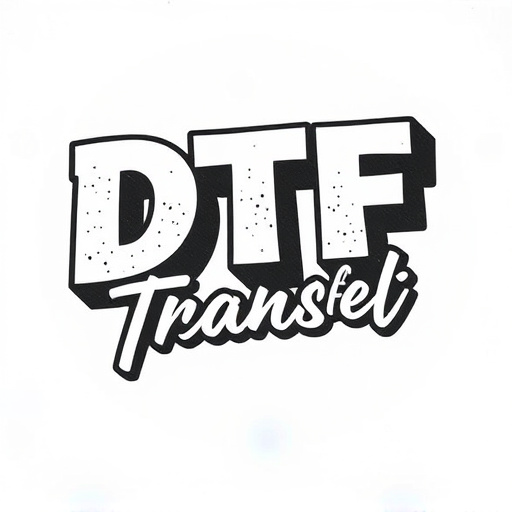
When deciding between DTF (Direct-to-Film) transfer and heat transfer vinyl for your project, consider the nature of your design and application. DTF transfer is ideal for complex designs with fine details as it allows for precise printing directly onto various materials. It’s perfect for creating unique, high-quality DTF prints on fabrics, plastics, and more. This method offers exceptional color accuracy and a smooth finish, making it a favorite among professionals for its versatility.
Heat transfer vinyl, on the other hand, is a popular choice for simpler designs and larger runs. It’s cost-effective for producing multiple identical items, such as t-shirts, mugs, or signage. The vinyl offers durability and longevity, especially when heat-pressed onto fabrics or smooth surfaces. While it may not match DTF transfer’s level of detail, heat transfer vinyl is user-friendly and suitable for those seeking a straightforward, efficient solution without compromising on quality.
Case Studies: Real-World Applications of DTF Prints
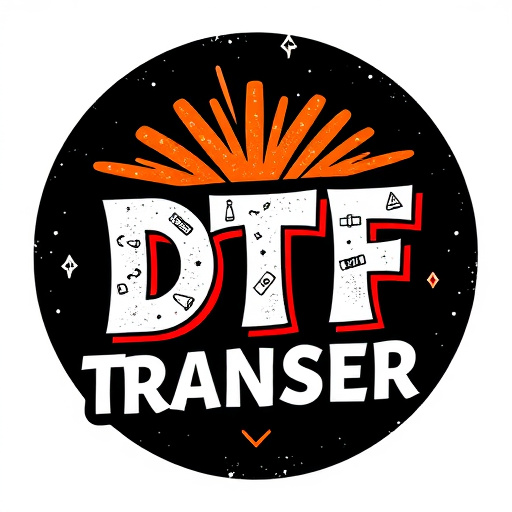
Direct-to-film (DTF) printing has found its way into various industries, showcasing its versatility through numerous real-world applications. Case studies highlight successful implementations, providing valuable insights into the effectiveness of DTF transfer technology. One notable example is its use in the apparel industry, where intricate designs and complex color blends are achieved directly on fabric, revolutionizing custom clothing production.
Additionally, DTF prints have made significant impacts in signage and advertising. From vibrant window graphics to eye-catching vehicle wraps, DTF allows for high-quality, durable prints that enhance visual communication. These case studies demonstrate the ability of DTF to transform diverse surfaces into captivating canvases, solidifying its position as a preferred method for both artistic expression and promotional materials.



